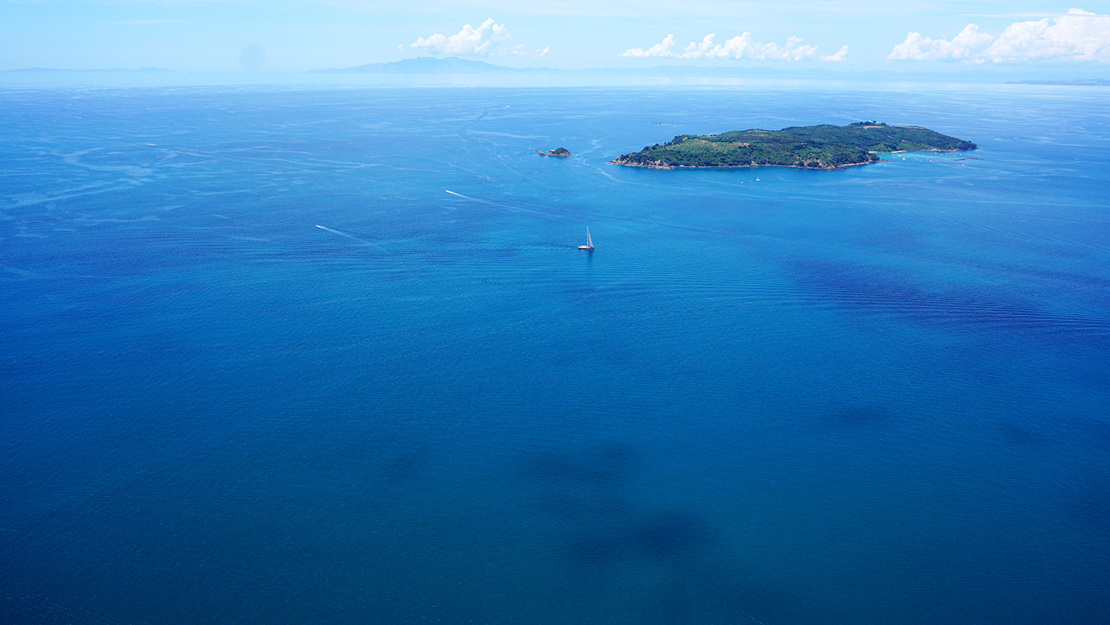Tiritiri Matangi Island
Tiritiri Matangi Island is a pest-free wildlife sanctuary in the Hauraki Gulf. Remnant vegetation includes pockets of coastal forest and pōhutukawa treeland/flaxland/rockland. A diverse range of native species have been translocated to the island.
Size: 184 hectares
Site description
The Tiritiri Matangi Island biodiversity focus area is a wildlife sanctuary and internationally-acclaimed conservation project 3.5km off the eastern end of the Whangaparāoa Peninsula.
The sanctuary is managed by the Department of Conservation in partnership with the Supporters of Tiritiri Matangi, a voluntary community group and major contributor to the success of Tiritiri Matangi as a wildlife sanctuary.

Ecosystems and vegetation
The vegetation on Tiritiri Matangi includes several remnants of coastal forest (WF4) with a canopy of pōhutukawa, kohekohe and pūriri in gullies and around the coast. Pōhutukawa treeland/flaxland/rockland (CL1) is found on the coastal cliffs.
The remainder of the native vegetation was planted as part of an extensive community restoration programme which began after grazing animals were removed from the island in 1972. Over 280,000 native shrubs and trees were planted during the main revegetation period from 1984 to 1994, with most of the plants sourced and grown on the island.
Conservation
The restoration of the island included the eradication of mammalian pests. There are now abundant native bird populations on Tiritiri Matangi, both self-introduced and from translocations.
Native birds successfully translocated to the island include:
- red-crowned kākāriki
- tīeke (North Island saddleback)
- pāteke (brown teal)
- pōpokatea (whitehead)
- takahē
- toutouwai (North Island robin)
- kiwi pukupuku (little spotted kiwi)
- hihi (stitchbird)
- North Island kōkako
- mātātā (North Island fernbird)
- tītīpounamu (rifleman).
Other native fauna on the island includes tuatara and species of skink and gecko. Invertebrates include the introduced and endangered wētāpunga. Freshwater fish include longfin and shortfin eels.
Extensive research undertaken on the island has provided information to assist and inform many other ecological restoration projects across New Zealand.



